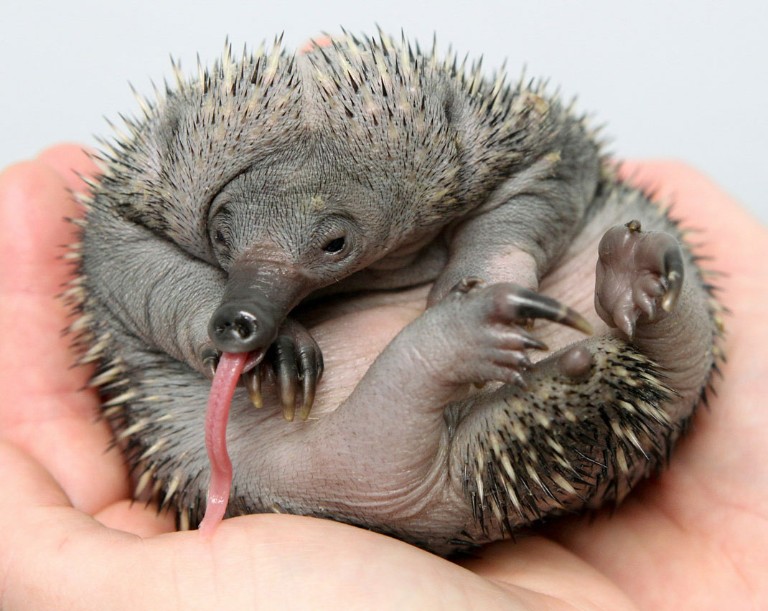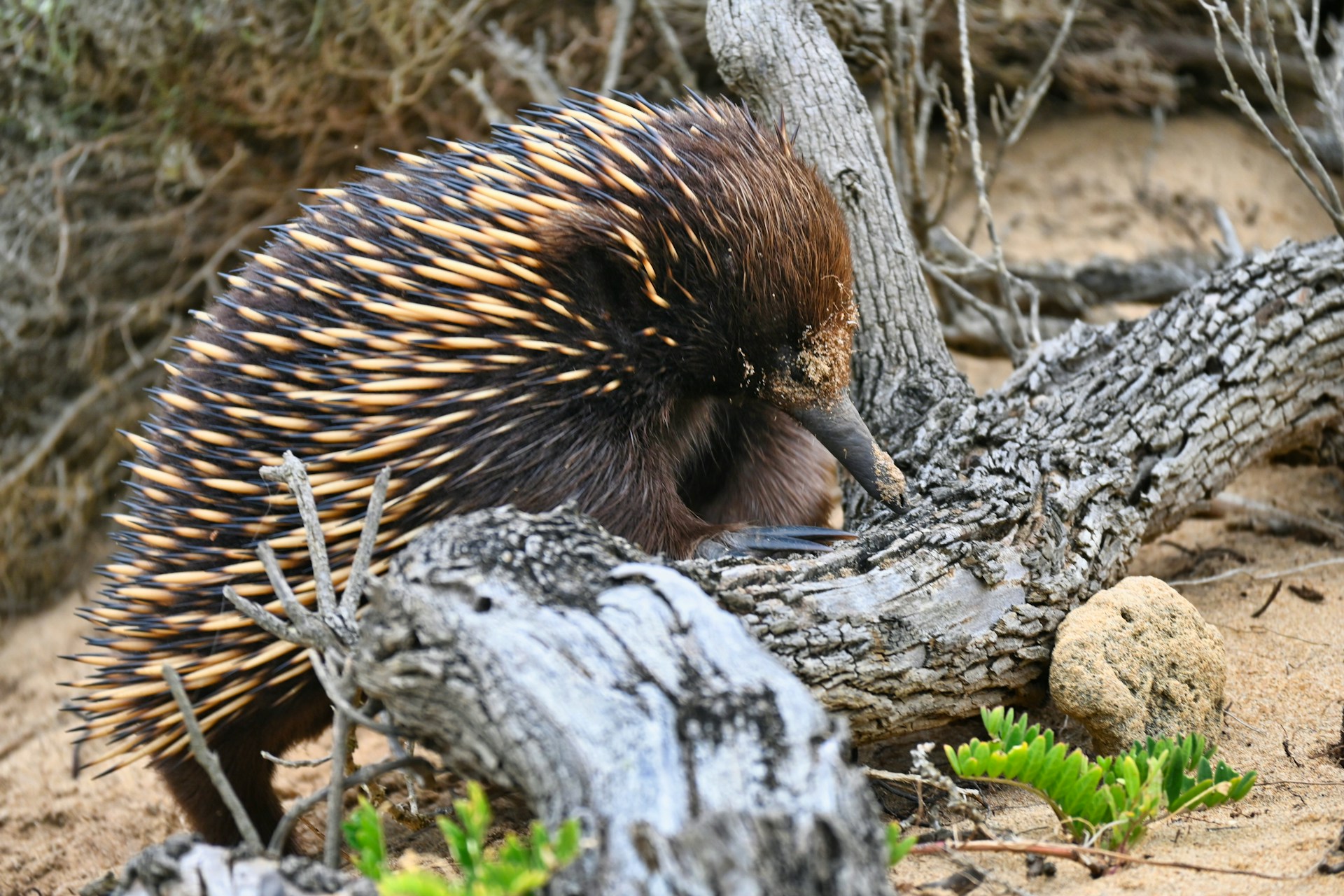Of the various unique creatures found on Earth, the echidna might be one of the vital surprising – to scientists and nature lovers alike. It has quills like a porcupine, a face like an anteater, and yet it’s an egg-laying mammal.
Egg-laying mammals with a brief pouch
Along with the platypus, echidnas are one in every of only two groups of mammals that lay eggs. As monotremes, they don’t give birth to live young like other mammals.
The female lays only one egg within the soft shell, then curls her body in order that the egg slips into the fold on her belly, creating a brief pouch. After about 10 days, a tiny baby the dimensions of a jelly bean hatches from the egg.
This child – the so-called pug— born hairless and spineless, it spends the primary few months of its life in its mother’s pouch until it is robust enough to enterprise out.
Extraordinary physical shape
The echidna’s body is roofed with spines, which are literally modified hairs. Between these spines is a thick layer of fur, which in some populations can grow thick enough to partially cover the spines.
Species with short beaks typically measure 30-52 centimeters in length and weigh as much as 6 kilograms, while echidnas with long beaks can grow even larger.

The distinctive beak or “snout” plays a key role in its survival. At the top are small nostrils and a tiny mouth, wide enough to accommodate a protracted tongue that may reach as much as 17 centimeters.
This sticky, mucus-covered tongue allows it to catch ants, termites, or worms, depending on the species. Some echidnas even have electroreceptors within the skin of their faces, enabling them to sense electrical signals from small prey underground.
Where they live and the way they behave
Echidnas occupy a wide range of landscapes, from mountain forests and deserts to lowland plains. Despite this, they’re very sensitive to extreme temperatures.
To avoid the midday heat, they are frequently lively within the early morning and late afternoon, then hiding in caves, under fallen logs, or in burrows in the bottom. They are also surprisingly strong; a thick layer of muscle under the skin allows them to dig or wedge themselves between rocks and roots.
Interestingly, echidnas are capable swimmers, although they definitely avoid rain. They may even stay hidden for a number of days until conditions dry out.
Their metabolism is slow, which implies one large meal – reminiscent of a log stuffed with termites – can last them for several days.
Specialized self-defense
When threatened, echidnas use several strategies to guard themselves. On hard surfaces, they curl their bodies in order that only their sharp spines are exposed.
However, on soft ground, they immediately dig down and burrow themselves, leaving their spines as a protective shield. Predators reminiscent of dingoes, goannas, feral cats and foxes can still pose a threat, while snakes often prey on pugs of their nests.
Courtship Quirks: How Echidnas Breed
During the breeding season, echidnas display extremely eccentric behavior. Several males may form a “mating train”, lining up behind one female until she chooses a mate.
Pregnancy lasts about 23 days before the egg is deposited within the sac. Once the puggle develops its spines and fur, its mother moves it to a special burrow and returns to the nest to feed it about once every week.
Conservation challenges
There are 4 living species of echidnas: one short-beaked species and three long-beaked species, all native to New Guinea.
Long-beaked echidnas are generally larger and feed mainly on earthworms, which vary in spine size and fur color. Most live in distant mountain forests, making them difficult to review and leaving many elements of their biology unknown.
Unfortunately, three of the 4 species – particularly the long-billed group – are listed as endangered or critically endangered as a consequence of hunting and habitat loss. Although they’re physically resistant, they’re very vulnerable to environmental changes.












